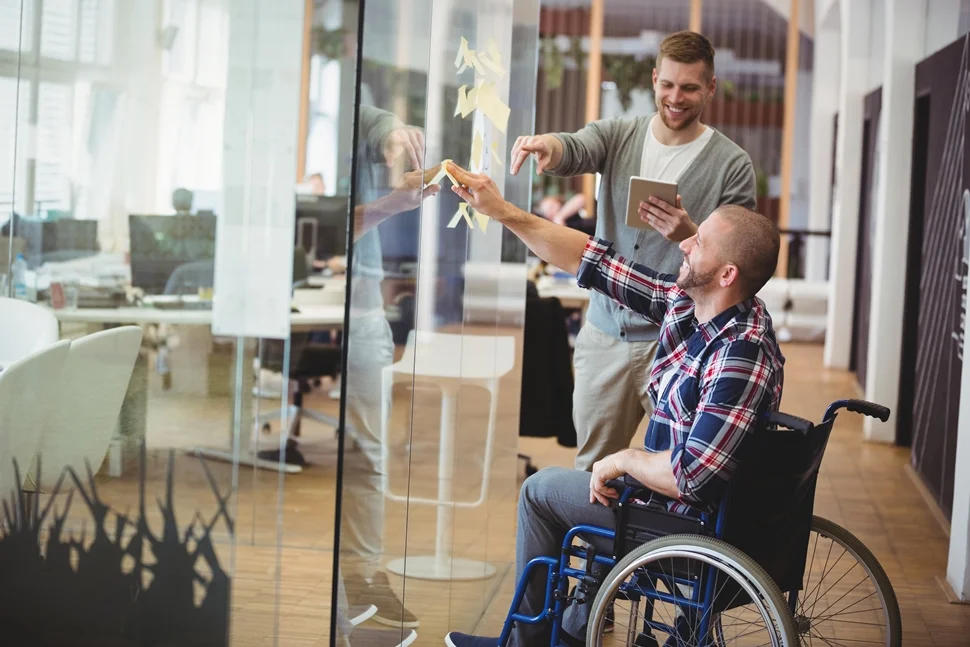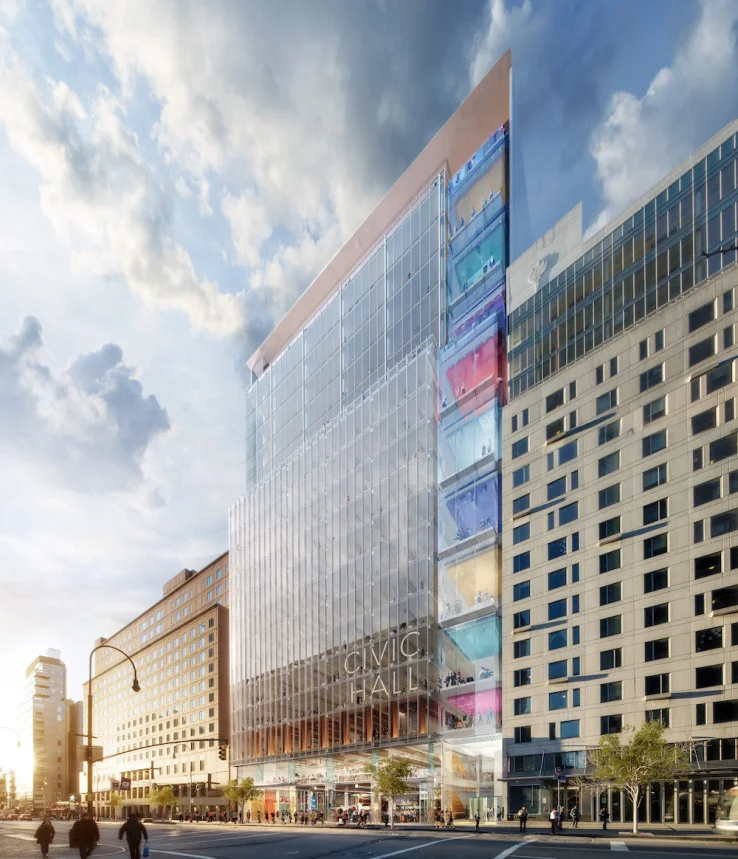How many of your colleagues that you work with on a daily basis have a disability? Chances are it’s more than you think.
As many as one in three professionals in the U.S. has some form of disability, whether it be a visual impairment or mobility issue, and most of them simply make do with what their offices have to offer.
Fortunately, many employers go above and beyond the requirements of the landmark Americans with Disabilities Act (ADA) by leveraging inclusive design.
Examples of inclusive design in the workplace can include door handles that are levers rather than knobs, flat-panel light switches rather than the traditional toggle switches, large-print labeling and instructions for equipment, wide doorways and hallways and spacious alcoves with turning space.

























